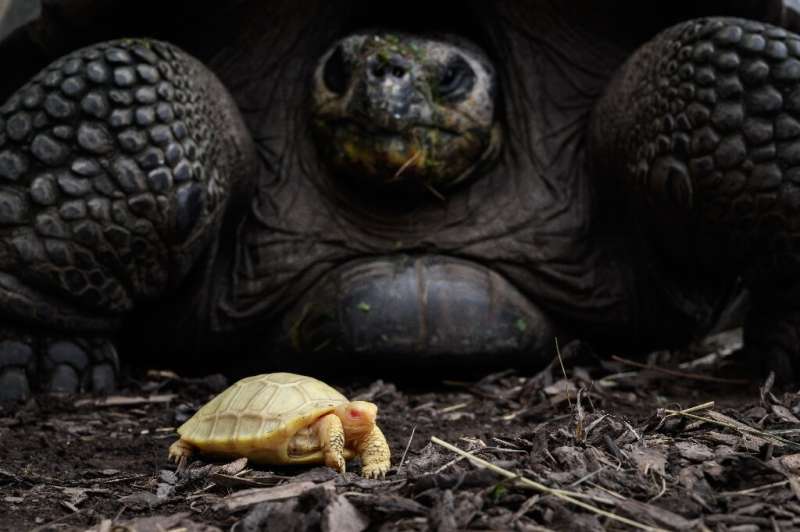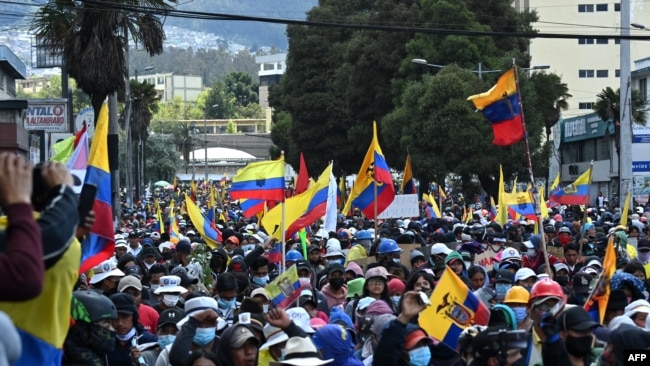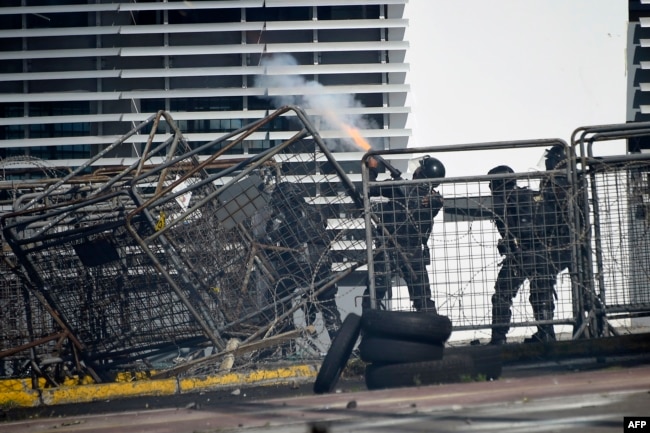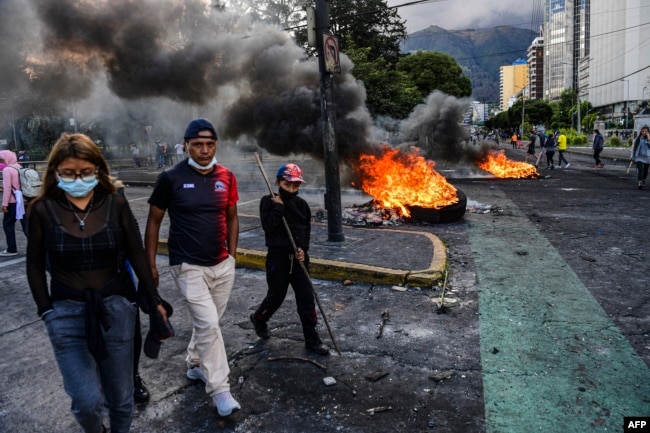By AFP News
06/23/22
Former Brazilian president Luiz Inacio Lula da Silva maintains a comfortable lead over incumbent President Jair Bolsonaro, and could possibly win in the first round of voting this October, according to a poll published Thursday.
Forty-seven percent of those polled by the Datafolha consulting firm said they intended to support Lula in the presidential election, compared to only 28 percent for Bolsonaro.
The 19-point lead for Lula is only slightly smaller than the 21-point gap in last month's survey, which put Lula's support at 48 percent and Bolsonaro at 27.
The results of the new poll, published by the Folha de Sao Paulo daily newspaper, show voters split between the former and current president, with other parties far behind.
Center-left candidate Ciro Gomes came in third at eight percent among those polled, with a group of other candidates receiving only one or two percent.

If you remove those intending to cast a blank or spoiled ballot, Lula would get 53 percent -- enough to win outright in the first round -- and Bolsanaro would have 32 percent, according to Datafolha.
In the event the election goes to a runoff on October 30, Lula would win 57 percent of the vote against 34 percent for Bolsonaro, close to the 58-33 result in May's opinion poll.
"The new poll shows, once again, that the Brazilian people want to get rid of this tragic government," Lula tweeted after the poll's release.
Bolsonaro dismisses the polls showing him behind, but with soaring inflation, he faces strong headwinds in his reelection bid.
Some 55 percent of those polled by Datafolha said they would never vote for Bolsonaro, compared to 35 percent who would never choose Lula.
The poll consisted of in person interviews with 2,556 people between June 22 and 23 in 181 Brazilian cities and has a margin of error of two percentage points.
Mauricio Savarese
June 21, 2022 - 4:18 PM
SAO PAULO (AP) — Former President Luiz Inácio Lula da Silva laid out his campaign platform Tuesday, including a pledge for zero deforestation initiatives and appeals to moderates as seeks to unseat Jair Bolsonaro in Brazil's election in October.
The 76-year-old leftist, who governed in 2003-2010, leads the far-right incumbent in all opinion polls on the presidential race.
Da Silva unveiled his plan at a hotel in Sao Paulo standing next to former Sao Paulo Gov. Geraldo Alckmin, a right-leaning politician turned ally who will be his running mate. Da Silva said the 34-page document will be later updated after national gatherings with allies.
“Everyone here, even those who are not engineers, knows that a house starts with good foundations,” he told supporters in a televised address. “These are our foundations. We will build our house overtime.”
Da Silva’s plan includes a promise to “fight environmental crime promoted by vigilantes, land grabbers, logging traffickers and any economic organization acting in defiance to the law.”
“Our commitment is with the relentless combat against illegal deforestation and the promotion of zero net deforestation, which means the restructuring of degraded areas and reforestation of the biomes,” the document says.
The plan also says “the standard for mineral regulation should be modernized, and illegal mining, particularly in the Amazon, will be fought against severely.”
Bolsonaro is a staunch supporter of miners and says they should have the right to operate on Indigenous lands, which are often are among the best protected against deforestation in Brazil.
The plan also talks about green jobs at state-run oil giant Petrobras. The company should operate “in segments linked to environmental and energy transition, such as gas, fertilizers, biofuels and renewable energies,” the document says, without mentioning how much would be spent on that initiative.
Drafted by members of seven parties supporting Da Silva, the plan doesn't include an expected call for scrapping a labor law overhaul passed by congress in 2017. It says only that da Silva would seek to annul “the regressive parts of the current labor laws.”
The document also is silent on several other matters that had been expected to be addressed, including regulation of the media, policies for land reform and a clear defense of abortion rights.
Allies of da Silva said those drafting the document sought to appeal to business leaders who have expressed concerns about da Silva’s bid to return to the presidency.
They said the anti-deforestation tone is aimed at politicians like environmentalist Marina Silva, a moderate who unsuccessfully ran for the presidency in the last three elections and has yet to endorse anyone in this race.
“Speaking about zero net deforestation is what Marina does,” said Sen. Randolfe Rodrigues, a da Silva ally who from the Rede Sustentabilidade party. “The rest of the language is indeed for moderates to take heed, look at what we are doing."
Carlos Melo, a political science professor at Insper University in Sao Paulo, said the plan is “adequately wide and superficial” so moderates can be attracted to the bid by da Silva, who is called Lula by Brazilians.
“Lula’s challenge is not to cause an impact with this document. He is speaking little about what he will do so no divisive talking points become the focus,” Melo said in a phone interview.
A Bolsonaro supporter briefly interrupted the presentation by shouting at da Silva from a few meters (yards) away, a security breach that unsettled the staff of the former president.
The heckler, far-right politician Caique Mafra, is a friend of lawmaker Eduardo Bolsonaro, a son of the president, and will run for Sao Paulo state’s legislative this year.
“He came in, teased us, but there was no attack,” said Aloizio Mercadante, one of the coordinators of the campaign document. “This incident only stresses how much care we need to have with security in this tough campaign.”
In the last presidential contest, Bolsonaro was stabbed in his abdomen during a campaign rally. Doctors said the wounds nearly took his life, but he recovered in time to emerge victorious over leftist Fernando Haddad, an ally of da Silva’s. Bolsonaro has undergone six surgeries because of damage from the stabbing, most of them in his intestines.
The attacker, Adelio Bispo, has been in a mental institution since the incident.
































